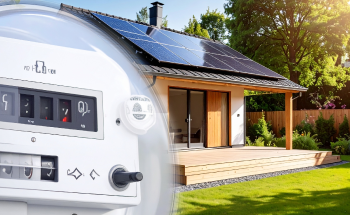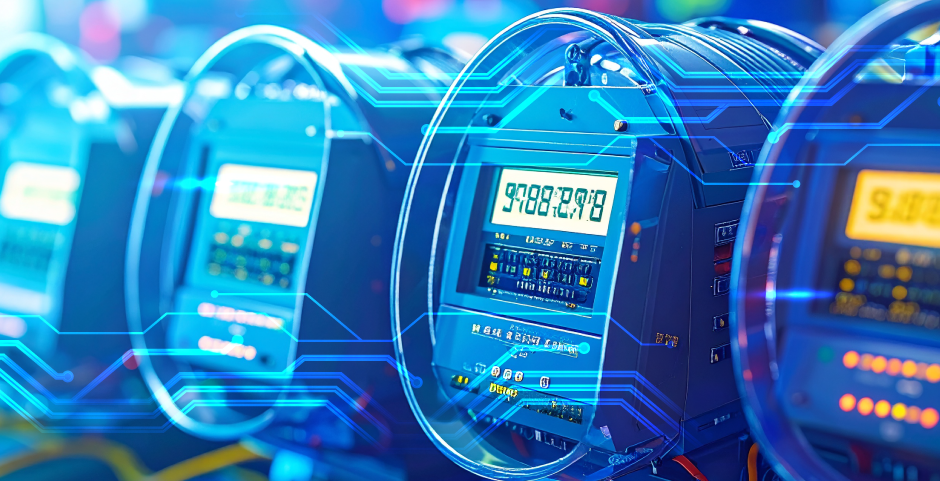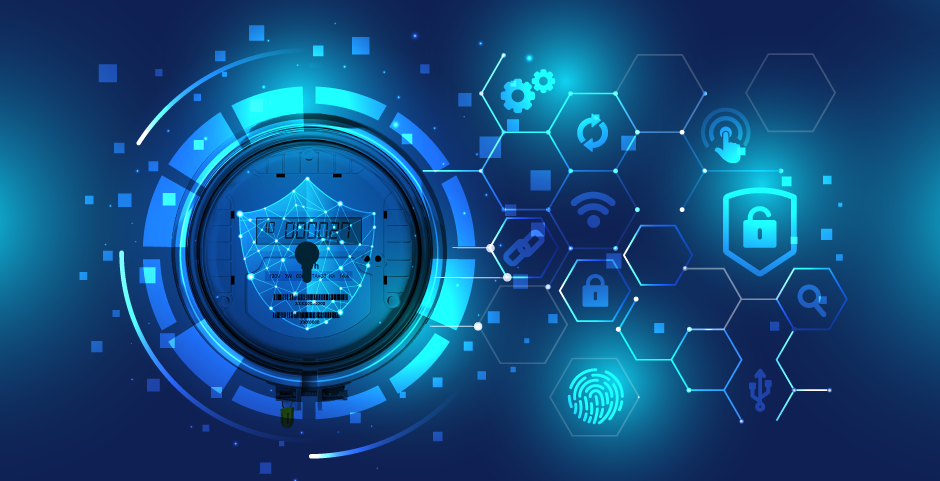Introduction: IEEE 2030.5 CSIP (The Common Smart Inverter Profile)
Shwetha Bhat April 9, 2025

Shwetha Bhat April 9, 2025

IEEE 2030.5 or the Smart Energy Profile (SEP) 2.0, is a communication standard aimed at interoperability among systems and devices in the smart grid, electric vehicles, DERs, and so forth. This educational series intends to educate readers about this new standard, its application, its features, onboarding, and use cases.
IEEE 2030.5, also known as SEP 2.0, is a communication protocol that is designed to provide interoperability among devices and systems within the modern energy grid. This protocol allows for seamless communication between a variety of devices such as energy management systems (EMS), electric vehicles (EVs), home energy systems (HES), solar panels, battery storage, and other smart devices.
The core purpose of IEEE 2030.5 is to provide efficient energy management through enabling bidirectional communication between energy consumers and utilities, which helps in real-time monitoring, control, and data exchange.
Interoperability: The devices of different manufacturers can be made to communicate effectively.
Security: Strong security protocols for safe data exchange.
Flexibility: Supports various devices and systems including smart meters, EVs, solar panels, and many more.
Scalability: It supports large networks and can be scaled to support different applications from residential to industrial settings.
The IEEE 2030.5 protocol is quite important in the smart grid ecosystem due to its capacity to allow proper communication and control across systems of various diversity. This allows the accommodation of renewable energy sources, electric vehicles, improves stability in the grid, and helps in managing demand. Its support for real-time energy exchange enhances the resiliency of the grid and its efficiency.

July 25, 2025
The world energy scene is being revolutionized by the fast-paced increase of decentralized renewable energy sources like rooftop solar, wind microturbines, and energy storage in batteries. batteries. The driving force…
Know More
July 25, 2025
Smart metering has evolved significantly over the last two decades as it became a building block of modern energy management solutions. At the core of the evolution is the DLMS/COSEM…
Know More
July 25, 2025
As the energy sector undergoes rapid digital transformation, smart metering has emerged as a foundational technology in modern utility networks. By enabling real-time monitoring, automated billing, and remote disconnection, smart…
Know More